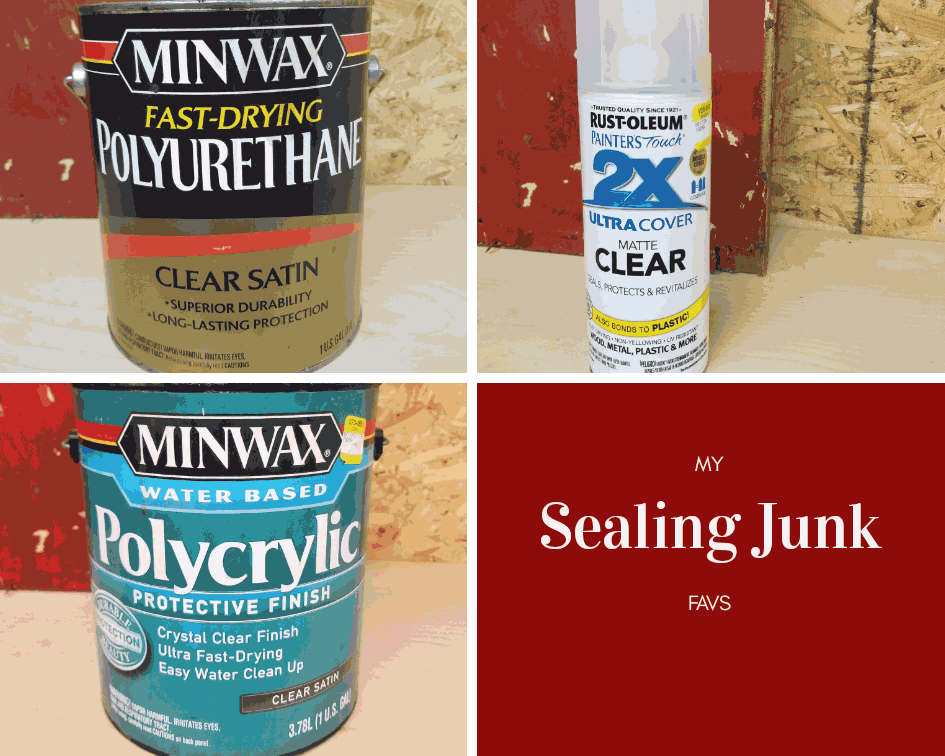
When you deal in junk, that means you deal with a lot of rusty, crusty, farm fresh pieces. These pieces will need sealing before most people will want to bring them into their home. Not only does sealing a piece make it look clean, it is clean. By sealing old chippy paint and rust so that it doesn’t flake off, you are achieving the patina and look of a timeworn piece, but making it functional.
This post may contain affiliate links for the products I use and recommend. I am not paid to promote these products. If you purchase using my affiliate links, I could make a small commission at no charge to you.
I have 3 go to sealers. Which sealer I use depends on the type of piece I am sealing and the look I am trying to achieve.
Watch For More Sealing Tips
Using Polyurethane as a Sealer
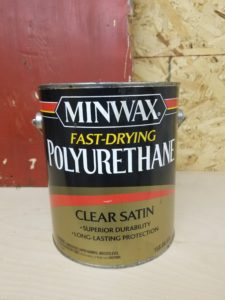
On barewood, I prefer to use Minwax Polyurethane in a Matte or Satin Finish. These finishes are less glossy, which I prefer. I love polyurethane because it brings out the natural wood color. It tends to be a little yellow naturally and I love that golden richness in my pieces. I will also use polyurethane on galvanized pieces. The polyurethane really makes the patina in galvanized pop. While I love the coloring and finished look of polyurethane, it’s really difficult to prevent runs. I feel that it is definitely a product you have to “babysit.” What I mean is that I will coat a piece and then the next couple hours, if possible, I periodically go back and check for runs, drips, pooling. To see these, you need very good lighting. I know many times when a piece has dried and I’m moving it around, that is when I notice a run that I missed when I was checking on the piece. VERY FRUSTRATING!!! So, have good lighting and go back and check the piece frequently. Because this polyurethane is oil based, it does not clean with soap and water. I tend to choose the quick/easy route although slightly more expensive. What I mean is that I throw away my brush after it hardens. You should use your brush and then clean it with mineral spirits. However, my method is to use it, then wrap it in a baggie and use it again and again until it dries out. Then, I toss it. Remember my assembly line post? That’s another reason to use the assembly line technique.
Using Polycrylic as a Sealer
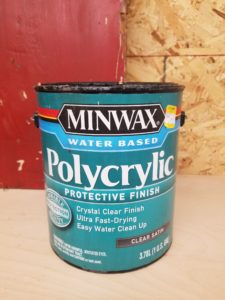
Another method of sealing I frequently use is Water Based Polyacrylic. I love this method because it’s water based, so I can wash out my brushes when I’m done. However, I still use the baggy technique, where I will store it or wrap it in a bag so that I can use it over and over again. When I don’t have anything in my pile that I will use the water based poly on, then I will wash it. I pick water based poly for projects that are painted white or another light color. Because the polyurethane will yellow that paint and the water-based poly will not. If I am sealing a piece with raw wood or a wood top on a piece that is a light color, then I will just go ahead and use the water-based poly on that wood too. It still seals and does a great job, it just doesn’t shine up/and the same richness as the polyurethane. This is completely a personal taste. I have friends who never use polyurethane and use water based poly on everything!
Using a Spray Clear Coat
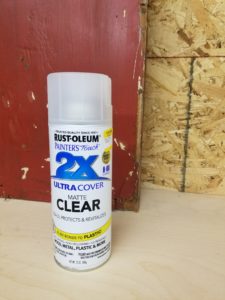
Some pieces have lots of nooks and crannies. For those pieces, a spray sealer comes in very handy. I normally use Rust-Oleum but, any spray sealer will work. I specifically use this for baskets, chicken wire, anything with lots of varying textures and dimensions, especially metal items. The spray is a little bit more expensive, but it doesn’t run like when you brush on polyurethane. It is like spray paint in the sense that you want to be away from your piece because if you spray in one spot too long, that can make the sealer run, but once it’s on, I haven’t had a problem with it running later on. There is a lot of wasted spray and you must use it in a well-ventilated area, when it’s not windy and when temperatures are at the recommended levels. So, for me, that means I don’t spray very much in the winter.
Click here to go to my Amazon shop where you can find all of my sealing favs!
I used the spray sealer in THIS project.
HERE is a video of me sealing a white chippy table and discussing sealer.
Hemp oil seems to work well too, see that HERE.




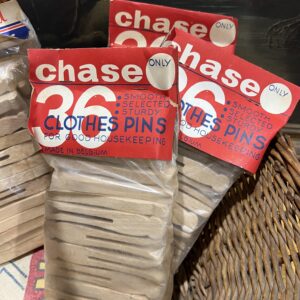
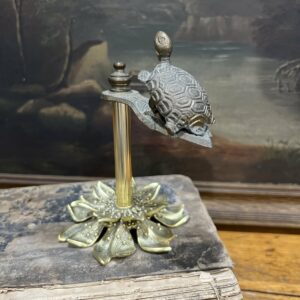
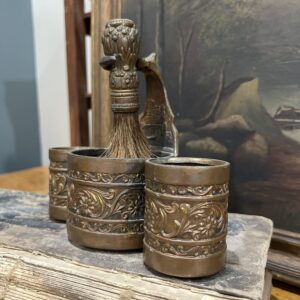
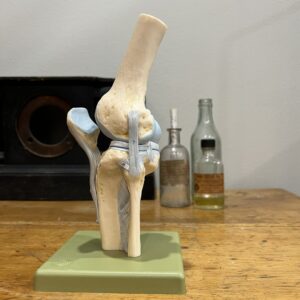
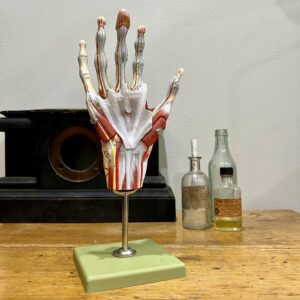
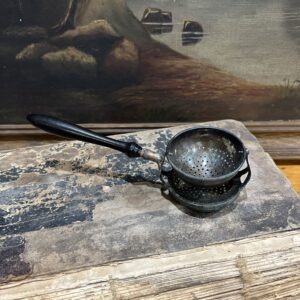
3 thoughts on “My Sealing Junk Favs”
Very helpful! Thanks for sharing!
Pingback: Sealing White Chippy Paint - The Junk Parlor I Brooke Johnson
Pingback: Main Bathroom Refresh - The Junk Parlor I Brooke Johnson